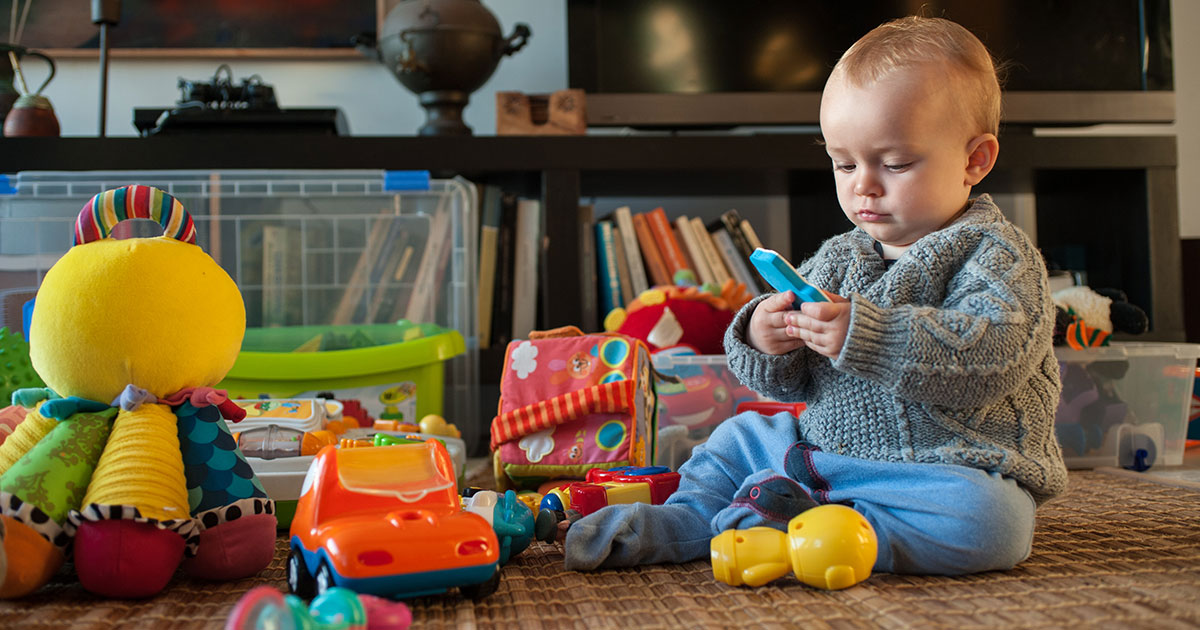Advertisement
Parents
What to Expect During Ultrasound During Pregnancy, Purpose, and Results

Ultrasound In Pregnancy: What To Expect, Purpose & Results
Introduction to Ultrasound in Pregnancy
Congratulations on your pregnancy! One of the most exciting parts of this journey is getting the opportunity to see your little one through an ultrasound. It’s a magical experience, made possible by some incredibly cool technology. Ultrasound uses high-frequency sound waves to create images of your baby in the womb, giving you a sneak peek at your child’s development.
The first ultrasound, often done between 6-12 weeks of pregnancy, verifies the gestational age and due date based on the baby’s size. Another common time for an ultrasound is around 18-20 weeks, focusing on the baby’s anatomy and detecting any potential abnormalities. Additional ultrasounds may be conducted if either mother or baby have any health concerns.
Whether you’re about to have your first ultrasound or you’ve had several before, this post will help you understand what to expect, the purpose of these scans and how to interpret the results. Remember, your healthcare provider is there to answer any questions or address any concerns you might have during your pregnancy.
Take Lucy, who was 8 weeks pregnant when she went for her initial ultrasound appointment. She was nervous but excited to potentially hear her baby’s heartbeat for the first time. The technician applied a gel to her lower abdomen and moved a small device across it. The monitor displayed a blur at first, but then the tech pointed out the tiny blob – that was her baby!
- Ultrasound appointments typically last between 15-60 minutes depending on the type of scan.
- The sonographer will apply a special gel to your belly that helps improve sound wave transmission.
- A handheld device called a transducer is glided over the gel-covered area to create the ultrasound images.
- You might feel slight pressure but generally, an ultrasound should be painless.
- Depending on your baby’s position and the quality of the images, you might need to move into different positions or even walk around a bit.
- You can usually get a printout or digital image of the ultrasound to take home with you!
The Purpose of Ultrasound in Pregnancy
While ultrasounds can feel like just a fun chance to see your baby ahead of their grand entrance, they’re much more than just that. They serve several crucial medical purposes in monitoring both your and your baby’s health throughout the nine months.
Ultrasound can confirm that yes, there really is a baby growing in there! It can also check your baby’s heartbeat, which is a good sign of overall health. In addition, ultrasound is used to track your baby’s growth and development, estimate their due date, identify any potential issues (like ectopic pregnancies), and determine whether you’re carrying one baby or multiples.
Peter and Rachel were in shock when their mid-pregnancy ultrasound revealed not one, but two babies on the screen. Their doctor noticed the second heartbeat and soon, they saw two tiny figures moving around. They were having twins! Not only did this information prepare them mentally and financially for double duty, but it also helped their doctor plan for potential complications related to multiple pregnancies.
- An ultrasound can determine whether it’s a single or multiple pregnancies.
- It identifies potential abnormalities or issues in your baby’s development.
- Determines the due date and subsequently assists in monitoring your baby’s growth.
- Detects ectopic pregnancies where the fertilised egg implants outside the uterus.
- Helps locate the placenta and identify conditions such as placenta previa.
- In late pregnancy, it can give insight into baby’s position and fluid level around the baby.
Understanding Ultrasound Results
Interpreting ultrasound results can be tricky, especially for those of us who aren’t familiar with the medical jargon. But fret not, this section will help you make sense of those blips and blobs on the screen.
Every ultrasound scan has a wealth of information about your gestating bundle of joy. Everything from the size and shape of their head, length of their limbs, to the steady rhythm of their heartbeat can be noted and measured. This gives your healthcare provider a detailed picture of your baby’s health and development.
What’s most important to remember is that while the ultrasound provides lots of information, it isn’t perfect. Not all issues can be detected via ultrasound, and sometimes things appear to be costly but turn out to be false alarms.
On her third trimester ultrasound, Maria noticed a curious dark circle. When she asked about it, the sonographer explained that it was an image of the baby’s bladder – a sign that the kidneys were functioning well. Understanding these elements in the ultrasound image helped Maria feel more engaged in her pregnancy and reassured about her baby’s health.
- Positive aspects like seeing your baby move or hearing its heartbeat can bring joy and reassurance.
- Your doctor or sonographer will explain unusual findings and discuss what they could mean.
- Negative findings do not always indicate a problem – further testing may be necessary.
- Discuss any worries or confusion with your healthcare provider promptly.
- Remember, ultrasounds are just one tool amongst many that can provide information about your baby’s health.
- Findings from an ultrasound must be cross-checked with other tests and measurements over time.
Summary: What to Expect During A Pregnancy Ultrasound
To sum up, here’s a quick rundown of what you can anticipate during an ultrasound scan in pregnancy:
| Confirming Pregnancy & Hearing Baby’s Heartbeat | 6-12 weeks |
|---|---|
| Full Anatomy Scan and Gender Reveal | 18-20 weeks |
| Additional Scans for Health Concerns | As-needed basis |
| Nuchal Translucency Scan | 11-14 weeks |
| Screening for Down Syndrome, Patau’s Syndrome and Edwards’ Syndrome | 10-14 weeks |
| Growth Scans in 3rd trimester | 28-40 weeks |
Pregnancy is an adventure full of surprises and stressors alike. Hopefully, this guide helps shed light on one significant aspect of your journey and makes your ultrasound appointments a bit less daunting. As always, communicate with your healthcare provider if you have any questions or concerns. After all, they’re there to ensure you and your lovely bundle of joy are in the best of hands!










